Multi-domain application of photomultiplier tube family
The new driving force for scientific discovery and understanding of nature is curiosity. People have promoted the development of science through careful thinking and experimentation with nature. In the process of pursuing the unknown, the simplest detection and recording device is our own human sensory organs, but for modern science, this "natural" detector is either not sensitive enough or not widely used. Take our human eye as an example. To produce a visual image with at least dozens of photons, a photomultiplier tube can easily detect a single photon; the spectrum observed by the human eye is only concentrated in visible light (400-800 nm). The spectrum of electromagnetic waves in nature ranges from broadcast waves to microwaves, infrared radiation, visible light, ultraviolet light, X-rays, and gamma rays, spanning 23 orders of magnitude.
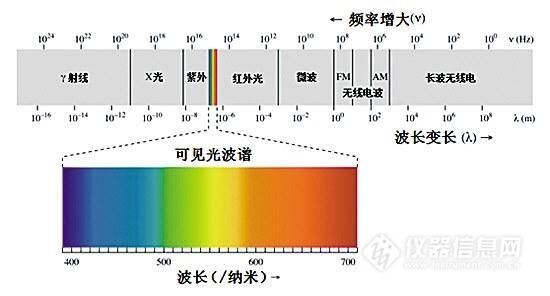 Â
Â
Our eyes understand that the world is limited, and curiosity gives humanity a desire for the unknown world, and promotes the development of photodetector technology. The development of Hamamatsu has always started from the dialogue with light. From the development of the original photocell and camera tube, it has gradually developed to have photodetectors and light sources, semiconductor optoelectronic products, image analysis and measurement devices, and lasers. And a company that has a full range of optoelectronic products, such as related technologies. In the development process of Hamamatsu, the photomultiplier tube technology played an indelible role, and it has also pushed Hamamatsu's detector products to the world stage again and again.
The photomultiplier tube is a type of vacuum tube for very low light detection. The first photomultiplier tube (PMT) was invented by the Radio Corporation of America more than 80 years ago and became the first commercial product in 1936. . Hamamatsu began research and development of photomultiplier tube technology in 1955. After numerous experiments and tempering, it produced a photomultiplier tube with better performance than other manufacturers. In 1959, the side window type photomultiplier tube was put into operation. market. After more than 50 years of development, Hamamatsu has become the world's most technologically advanced, the most comprehensive product range and the highest market share of photomultiplier tube manufacturers.
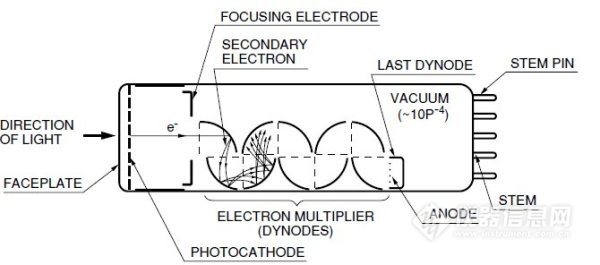
The photomultiplier tube is composed of a photocathode, an electron optical system, a multiplying stage, an anode, and a vacuum protective shell. The photocathode is formed by coating an alkali metal compound with a small work function, and the photocathode is externally irradiated under photon irradiation of a certain energy. The effect is to convert photons into electrons. The electrons enter the multiplication stage through the electron optical system under the constraint of electric field. The electrons are accelerated by the electric field and bombard the secondary electronic material of the multiplying surface to realize electron multiplication. The electronic signal can reach 105 after multistage multiplication. - 109 times magnification, the last amplified signal is collected by the anode. Due to the excellent multiplication characteristics of photomultiplier tubes, photomultiplier tubes still have an irreplaceable position in many fields of extremely weak light detection.
From the structure, the photomultiplier tube can be divided into a side window type photomultiplier tube and an end window type photomultiplier tube, but it is difficult to fully reflect the characteristics of the photomultiplier tube. Below we will briefly introduce the photomultiplier tube from the function and application.
Conventional photomultiplier
Photomultiplier tubes are used in optical measuring instruments and spectroscopic instruments to measure very weak radiated power at wavelengths of 115-1700 nm in low light photometry and spectroscopy. The appearance of the scintillation counter further expands the application range of the photomultiplier tube. The development of the laser detection instrument is closely related to the use of the photomultiplier tube as an effective receiver. Our daily life and health are also inseparable from the photomultiplier tube. At present, photomultiplier tubes are widely used in metallurgy, electronics, machinery, chemical, geological, medical, nuclear, astronomical and space research, and are also closely related to our daily lives.
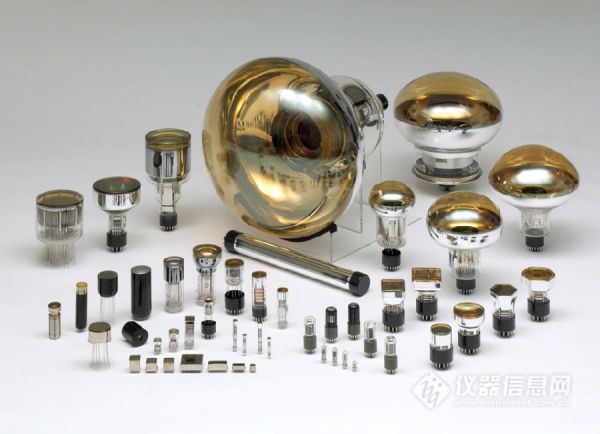
Hamamatsu Photomultiplier Tube Family, from Macro to Micro
The 20-inch photomultiplier tube in the picture is the world's largest photomultiplier tube and was awarded the "IEEE" milestone certification in 2014.
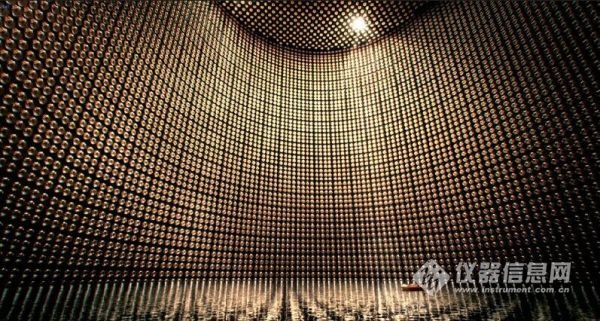
Hamamatsu 20-inch photomultiplier tube in a super-Kamioka experiment (11,200 total)
High temperature photomultiplier
Conventional photomultiplier tubes generally have a temperature of -30 ° C to 50 ° C. If a conventional photomultiplier tube is operated above 50 ° C, the noise will first become very large; secondly, the high temperature will also accelerate the photomultiplier tube cathode and the multiplying material. Degraded performance and reduced photomultiplier life. In China, the general oil exploration should reach a stratum of about 3500m, and the temperature under this stratum is as high as 175 °C. The conventional photomultiplier tube can not meet the requirements. For such an application environment, we have developed high temperature and vibration resistance. High temperature photomultiplier tube products.
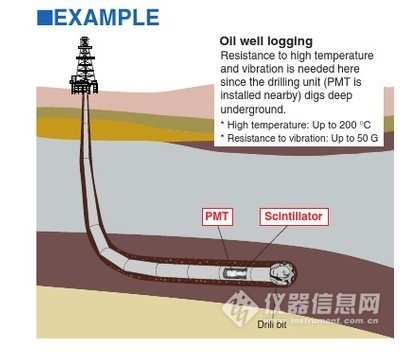
Low temperature photomultiplier
Under the action of low temperature, the cathode surface resistance of the photomultiplier tube will become very large, and the increase of the sheet resistance will hinder the outflow of the cathode current. Therefore, when the conventional photomultiplier tube is operated at a low temperature, the cathode linear current will become very small, which is extremely limited. The application of photomultiplier tubes, especially in tests for direct dark matter detection in liquid helium and liquid argon environments. Hamamatsu's low-temperature alkali source technology and metal spoke technology inside the cathode surface greatly reduce the surface resistance of the cathode surface at low temperatures, making it possible to use the photomultiplier tube at low temperatures.

Low background radiation photomultiplier
Low-emission photomultiplier tubes are produced with cosmic ray detection and dark matter detection applications. There are a large number of natural radioactive materials in our natural environment. Uranium, lanthanide, potassium and other substances are the main sources of natural radiation. Of course, in our There is also a high natural radiation background in the conventional glass envelope. However, since the cross section of the radiation and the photocathode surface is small, natural radiation has almost no effect on our conventional light detection, but for the flicker measurement, especially for this. In tests where the dark matter is required to be very high, these background radiations may be fatal and interfere with the effective signal, thus affecting the experimental results. On the one hand, Hamamatsu uses potassium-free glass as the photomultiplier tube to reduce the background. On the other hand, in order to further reduce the background, Hamamatsu uses metal as the photomultiplier tube shell and ceramic as the substrate. The background is reduced to less than 1/10 of the conventional photomultiplier tube.
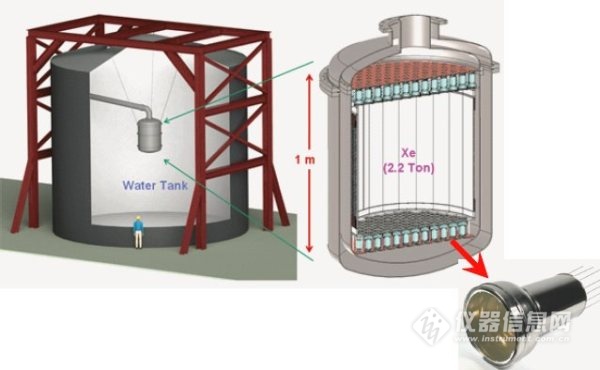
Position detection type photomultiplier
Photomultiplier tubes are used as point detectors in most cases. However, applications such as PET and gamma cameras that determine the incident photoelectric intensity and determine the position of the spot can be used in scintillator technology and computer data processing. The method is implemented by a conventional photomultiplier tube; if we want to achieve better position resolution, a position detection type photomultiplier tube is needed. The position detecting type photomultiplier tube generally adopts a channel type dynode structure, and the structure can effectively restrain the electron multiplication process into a small space, thereby reducing crosstalk between channels, and depending on the anode structure, we also The position detecting type photomultiplier tube is divided into a multi-anode photomultiplier tube and a position sensitive type photomultiplier tube, the multi-anode photomultiplier tube uses a plurality of independent anodes as an output, and the position-sensitive photomultiplier tube uses a cross metal. The anode of the plate determines the position and intensity of the light by the magnitude of the X and Y axis signals.
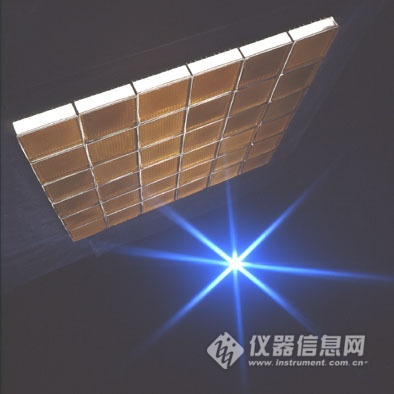
MCP type photomultiplier
Time response characteristics and time resolving power are very important parameters of photomultiplier tubes, especially in some fluorescence lifetime detection or fast time response applications, such as Q-Ï„ (fluorescence lifetime analyzer) produced by the System Division. The high time resolution capability of the MCP-PMT is utilized. MCP (Micro Channel Board) is a channel type electron multiplying system that can detect rays with spots, X-rays, and extreme ultraviolet rays. It also has an extremely high time resolution as an electron multiplying system and can reach the Ps level. Using MCP as a photomultiplier tube of the multiplication system not only can detect light, but also has the characteristics of high time resolution.
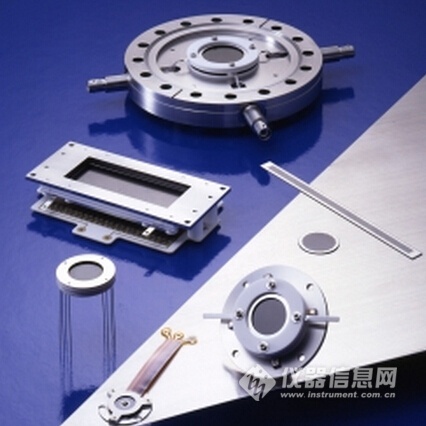
Hybrid photomultiplier
Hybrid photomultiplier tubes are less common in our sales process, but due to their high energy resolution and fast time response, they have a very important position in the field of high energy physics research. From the structural point of view, the hybrid photomultiplier tube is composed of a front-stage photocathode, an electron acceleration system, a semiconductor avalanche system, and an output system. The hybrid photomultiplier tube receives photons to generate photoelectrons. The electrons are accelerated in a high-voltage acceleration system. High-energy electrons bombard the semiconductor, and the avalanche effect is used to generate a large gain. Finally, the electrons are output by the output system.
μ-PMT is the perfect combination of MEMS technology and vacuum tube technology. He uses MEMS technology to process dynodes on silicon wafers, and uses vacuum tube technology to form photocathodes and multipliers. Although he only has a large finger size, he can achieve a gain of 106 times. μ-PMT has opened up a new path for the development of photomultiplier tubes. It has made it possible to see the miniaturization, integration and softening of photomultiplier tubes, and we have seen the wider development and future of photomultiplier tubes.
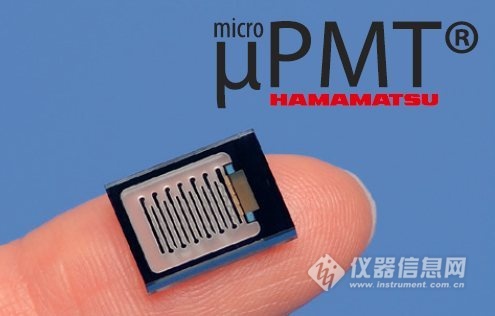
Hamamatsu Micro Photomultiplier Tube (μ-PMT) is the world's smallest photomultiplier tube
Today, semiconductor detectors are booming, and some people say that photomultiplier tubes are getting out of date. However, we are seeing the development of photomultiplier tube technology with higher quantum efficiency, lower noise and more environmental resistance, and the development of new μ-PMT technology. We can believe that photomultiplier technology is endless and will definitely play a bigger role in our future life and scientific research.
Evacuation Chair,Emergency Evacuation Chair,Emergency Powered Evacuation Chair,Electric Evacuation Chair
Evacuation Chair,Emergency Evacuation Chair,Emergency Powered Evacuation Chair,Electric Evacuation Chair
Medton Medical , https://www.medtonmedical.com